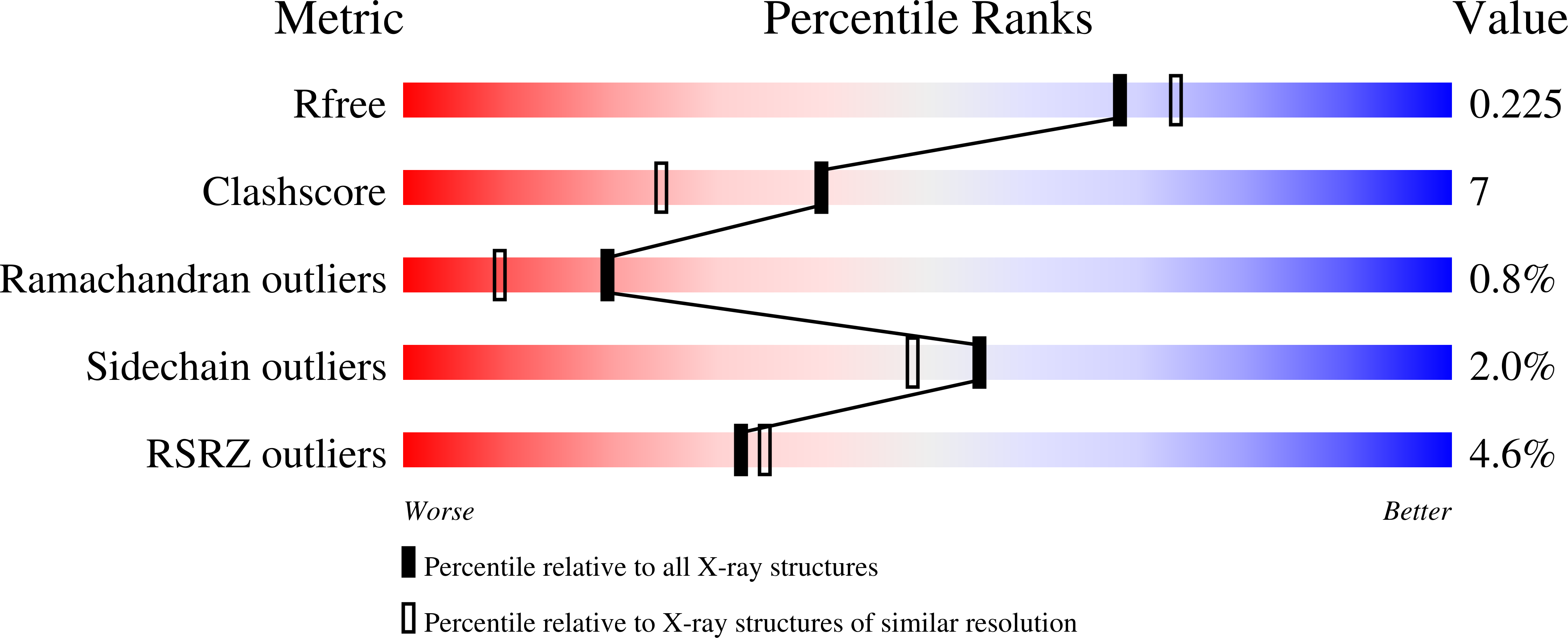
Deposition Date
2022-12-16
Release Date
2023-09-20
Last Version Date
2023-10-11
Entry Detail
PDB ID:
8FIO
Keywords:
Title:
Hypothetical anthocyanidin reductase from Sorghum bicolor-NADP(H) and naringenin complex
Biological Source:
Source Organism:
Sorghum bicolor (Taxon ID: 4558)
Host Organism:
Method Details:
Experimental Method:
Resolution:
1.97 Å
R-Value Free:
0.22
R-Value Work:
0.19
R-Value Observed:
0.19
Space Group:
P 21 21 21


